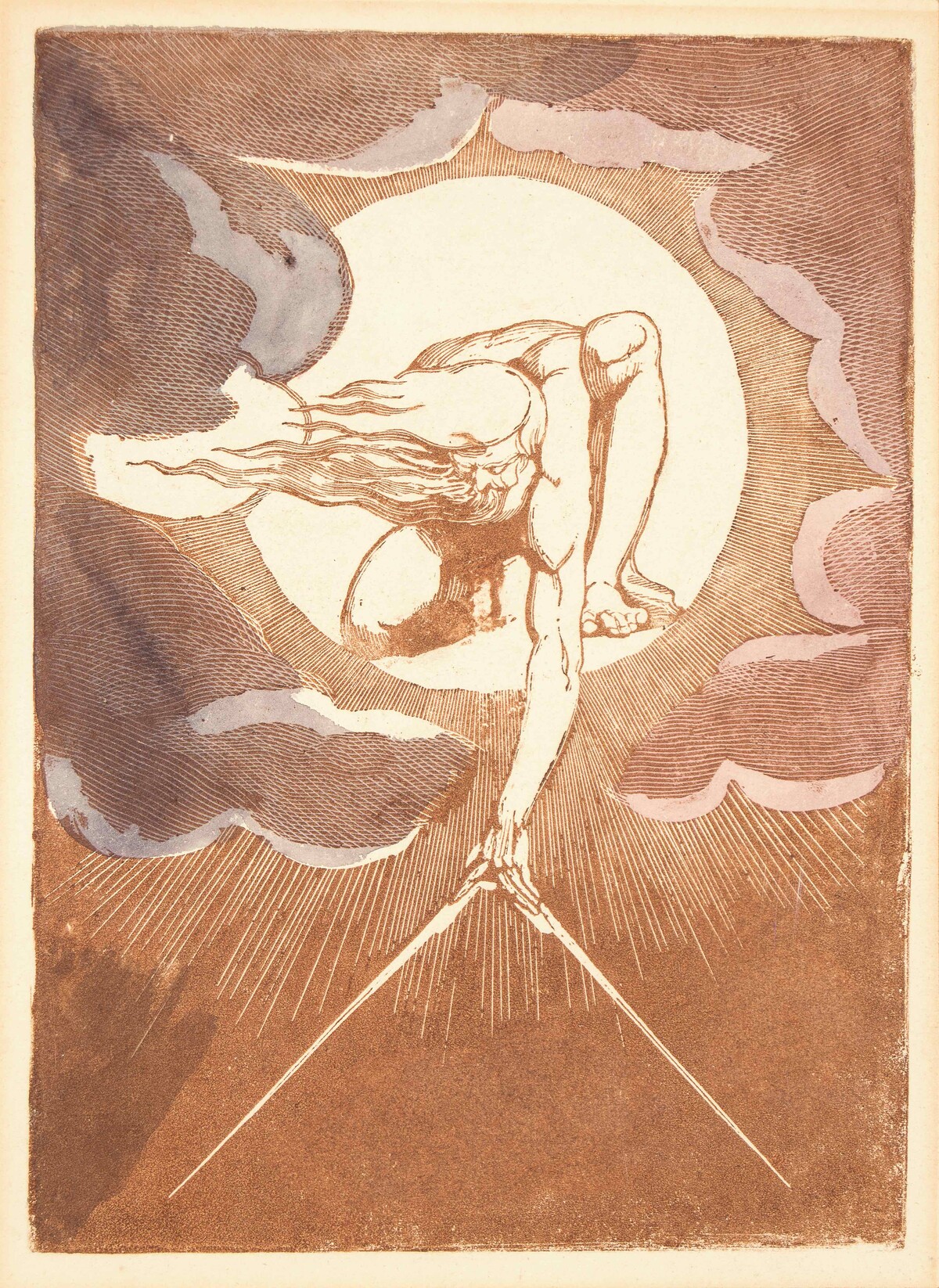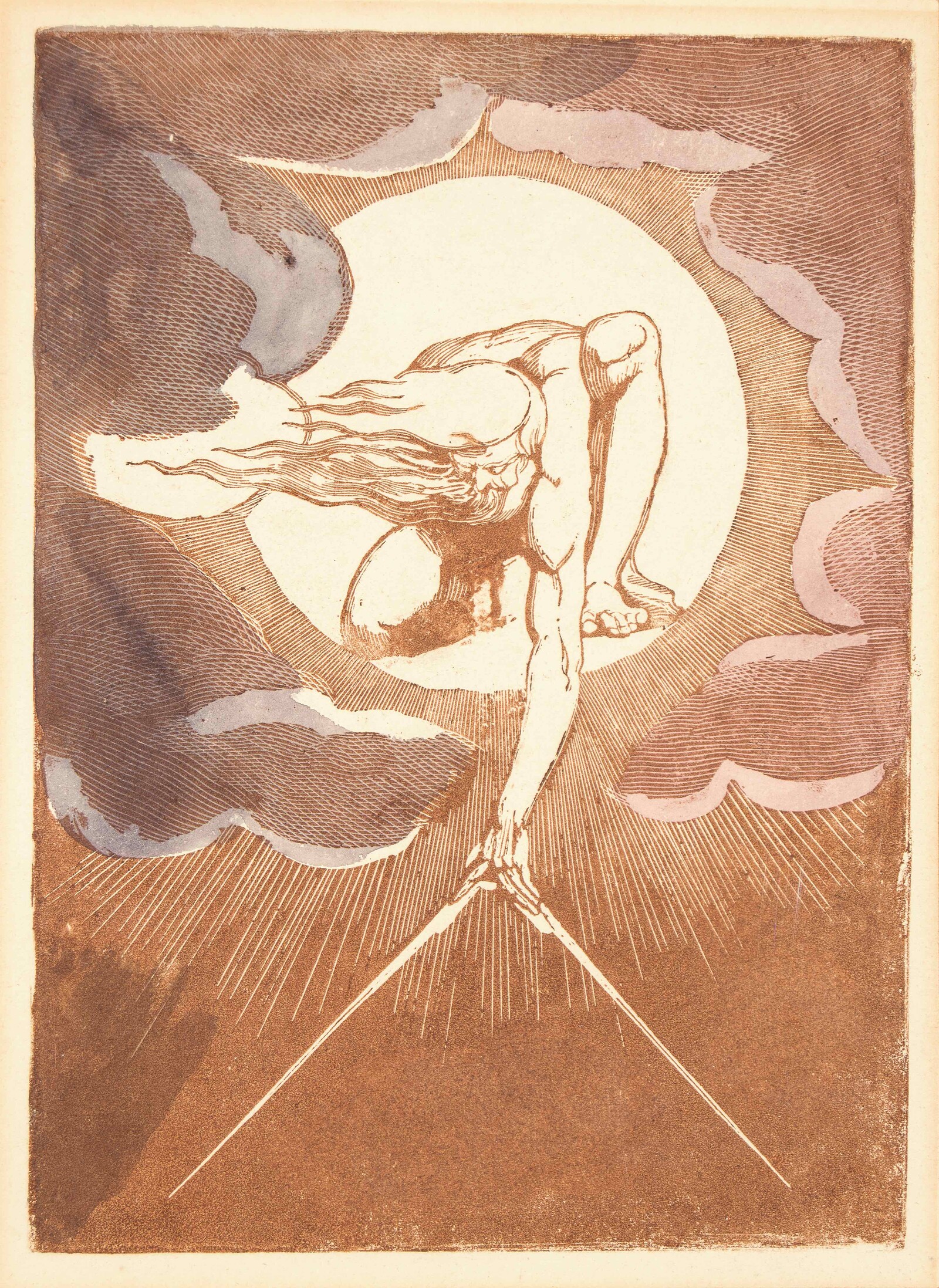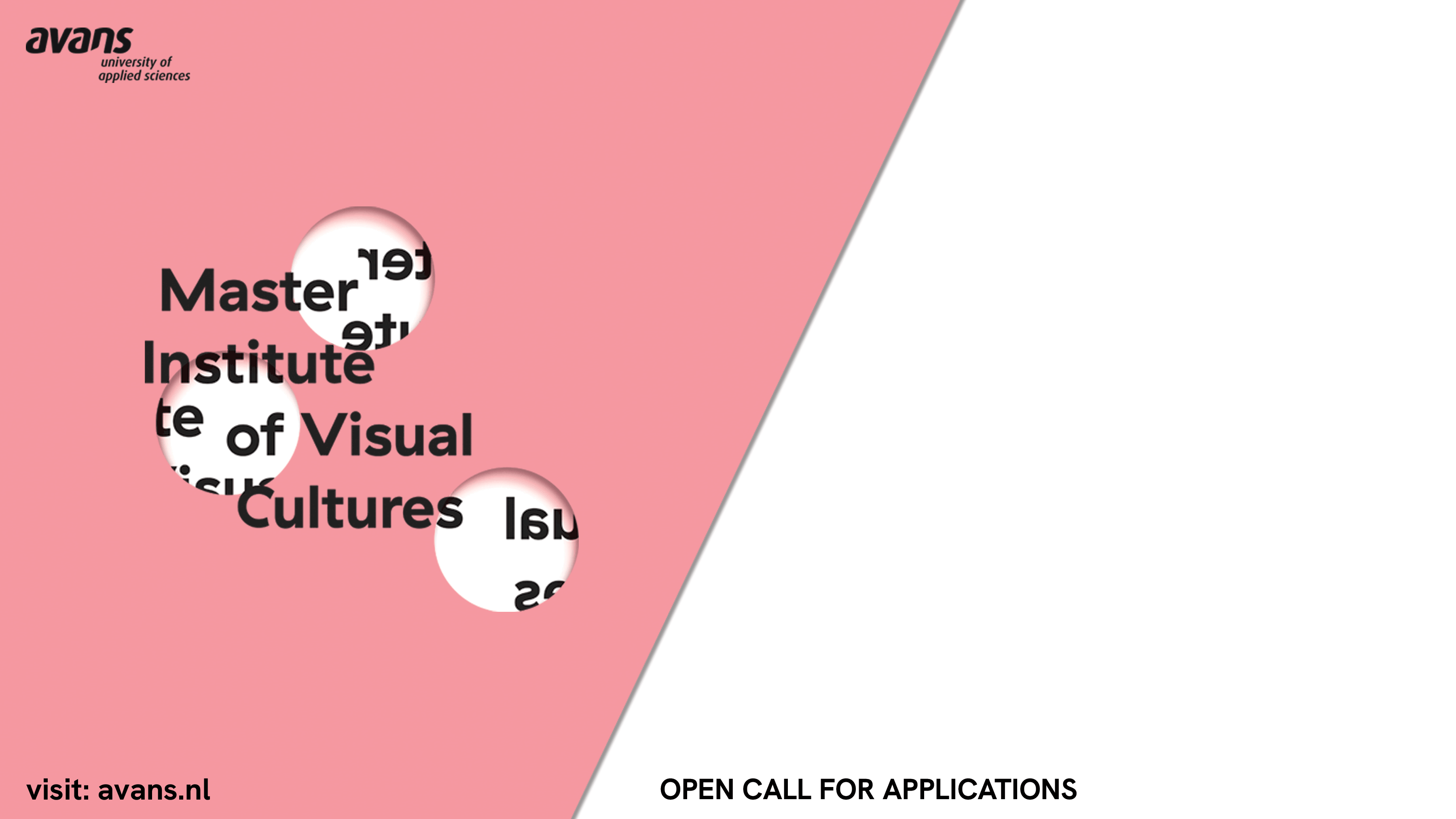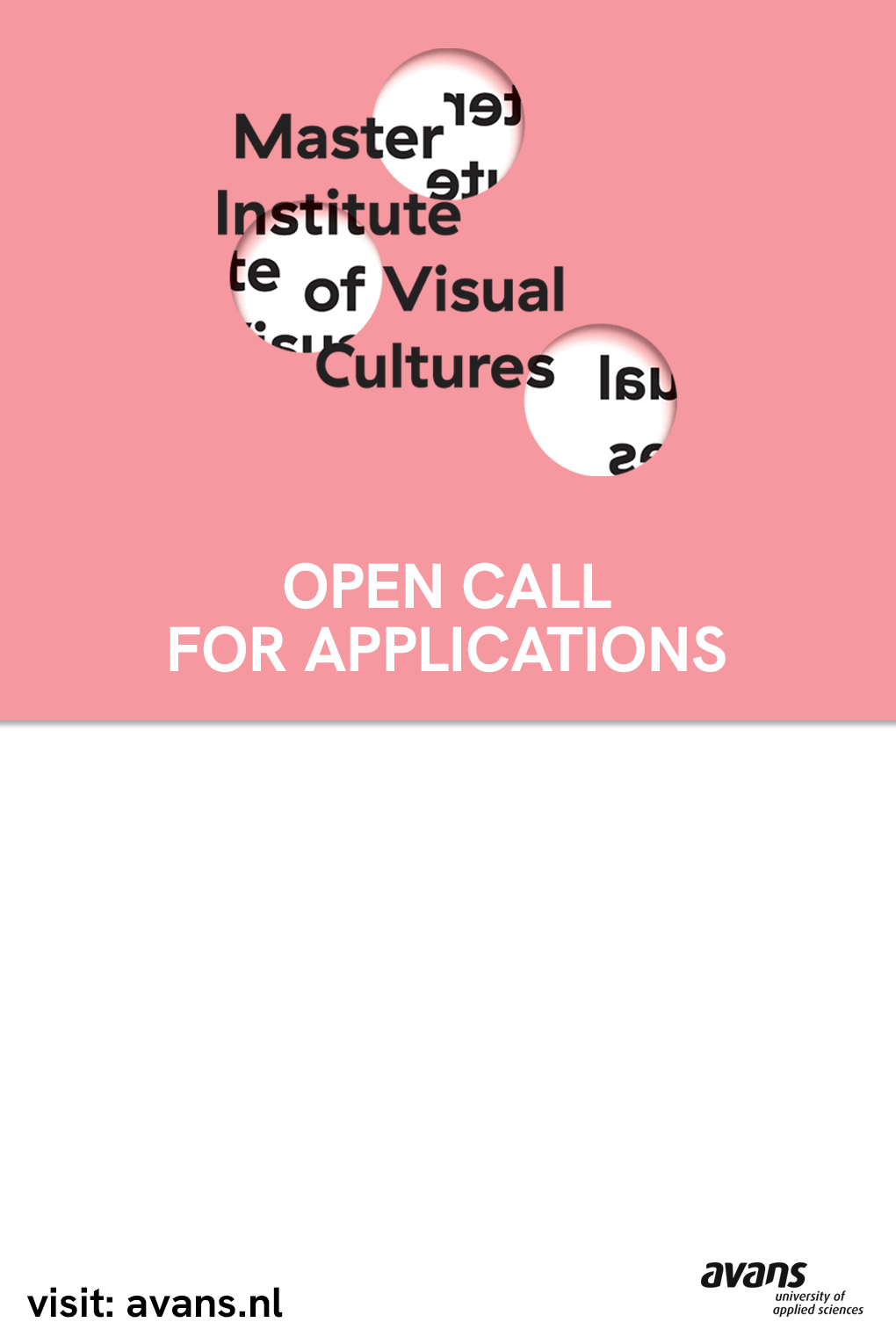September 23, 2017–March 11, 2018
40 Arts Circle Drive
Evanston, Illinois 60208
United States
Hours: Wednesday–Friday 12–8pm,
Saturday–Sunday 12–5pm
T +1 847 491 4000
block-museum@northwestern.edu
The Block Museum of Art at Northwestern University will celebrate the 50th anniversary of the Summer of Love with a major exhibition and publication focusing on British poet and artist William Blake (1757–1827) and the 20th century counterculture artists he inspired.
William Blake and the Age of Aquarius will run September 23, 2017, through March 11, 2018, at the Block Museum, 40 Arts Circle Drive on Northwestern University’s Evanston, Illinois campus.
The first exhibition to consider the impact of Blake on American artists from the end of World War II through 1970, the show features more than 150 paintings, drawings, photographs, films, and posters from the 50s, 60s and 70s and more than 50 rare Blake rare engravings and pages from illuminated books which have been loaned from major collections including The Rosenbach in Philadelphia and the Yale Center for British Art.
In his own lifetime, William Blake was a relatively unknown, eccentric and nonconventional artist with a strong political bent. From the 1940s through the 1960s, some 200 years after his birth, Blake became a model of non-conformity, self-expression and social and political resistance. In the summer of 1967, more than 100,000 young people streamed into the Haight-Ashbury district of San Francisco to celebrate peace, love, music and mind-altering drugs. Many of the artists, poets and musicians associated with the “Summer of Love’s” anti-war sentiment embraced the work of Blake and used it as a compass to drive their own political and personal evolutions.
The exhibition is curated by critic, activist, and Northwestern Professor of Art History Stephen F. Eisenman in consultation with Corinne Granof, Curator of Academic Programs at the Block. William Blake and the Age of Aquarius will feature both well-known and under-recognized American artists who cited Blake as an inspiration, and present their work alongside Blake’s.
“This exhibition, the first to explore William Blake’s impact on 20th-century popular culture, is populated by beats, hippies, poets, rockers and artistic voices of the counterculture. Blake’s protests against the conventions and repressions of his own society became a model for many young Americans, particularly those disillusioned by social conformity, consumerism, racial and gender discrimination, environmental degradation and the Vietnam War,” notes Eisenman.
This is also the first major museum exhibition to present Blake’s prints and illuminated poetry such as “Songs of Innocence and of Experience” side by side with objects from 20th century art and popular culture. This approach illuminates new trans-historical connections between these periods.
“This exhibition plays to Block’s strengths, which has a history of placing art in a broad historic and cultural context by exhibiting together art, archives, popular and material culture,” said Lisa Corrin, the Museum’s Ellen Philips Katz Director. “This approach also exemplifies Block’s mission as a teaching museum, and the University-wide emphasis on cross-disciplinary inquiry.”
William Blake and the Age of Aquarius will build upon the Block Museum’s recent focus on art and culture of the 1960s undertaken with A Feast of Astonishments: Charlotte Moorman and the Avant-Garde, 1960s–1980s, to expand understanding of a unique facet of mid-20th century counterculture, as well as make a contribution to existing scholarship in the fields of art history and American cultural studies.
Blake’s diverse influence
Blake’s art, poetry and political ideas had unique currency in postwar America, unifying artists working across various media. The exhibition brings together artists who used Blake’s lyrics as titles, experimented with printing techniques and innovative combinations of image and text and cited Blake’s worldview in letters, diaries and essays. Artists and musicians as diverse as Diane Arbus, Bruce Conner, Jay DeFeo, Robert Frank, Allen Ginsberg, Stanley William Hayter, Jimi Hendrix, Agnes Martin, Ad Reinhardt, Maurice Sendak, The Doors and The Fugs will be featured, united by the influence of Blake on their work.
An early section of the exhibition will focus on artists working in the mid-1940s who discovered Blake’s unique voice in such poems as “The Tyger” and “The Shepherd” and drew inspiration for their own work from his ideas. These will include Sam Francis, Stanley William Hayter, Agnes Martin, Jackson Pollock, Charles Seliger, Robert Smithson and Clyfford Still among others.
Another exhibition theme focuses on Beat culture and the role of radical poet Allen Ginsberg in promoting Blake to fellow poets and writers. It will examine Blake as a model for the artist as outsider and bring together works by Helen Adam, Wallace Berman, Bruce Conner, Jay DeFeo, Robert Frank and Jess.
A final section inspired by Blake’s famous phrase “the Doors of Perception” will trace the wider circulation of Blake’s art and imagery and how it permeated popular culture as the alternative movements of the 1960s came to full fruition. Including classic concert posters and music this section will examine Blake’s influence on artists and musicians who embraced psychedelia and Timothy Leary’s call to “Tune in, turn on, drop out.”
Exhibition catalog
The exhibition will be accompanied by the companion book William Blake and the Age of Aquarius forthcoming in fall 2017. Co-published by the Block Museum of Art and Princeton University, the book is edited by Stephen Eisenman. Contributors include Eisenman, Mark Crosby, assistant professor of English at Kansas State University, Elizabeth Ferrell, assistant professor of art history at Arcadia University, Jacob Henry Leveton, Ph.D. candidate in art history at Northwestern, W.J.T. Mitchell and John P. Murphy, research associate in the Department of American Art at the Art Institute of Chicago.
Seven essays and richly illustrated pages illuminate how Blake’s myths, visions and radicalism found new life among American artists who valued individualism and creativity, explored expanded consciousness, and celebrated youth, peace and the power of love in a turbulent age.
Exhibition credits
William Blake and the Age of Aquarius is supported in part by the Terra Foundation for America Art, the National Endowment for the Arts, Robert Lehman Foundation, Elizabeth F. Cheney Foundation and The Alumnae of Northwestern University, with additional support by a gift from Elizabeth and Todd Warnock to the Department of Art History at Northwestern University.




